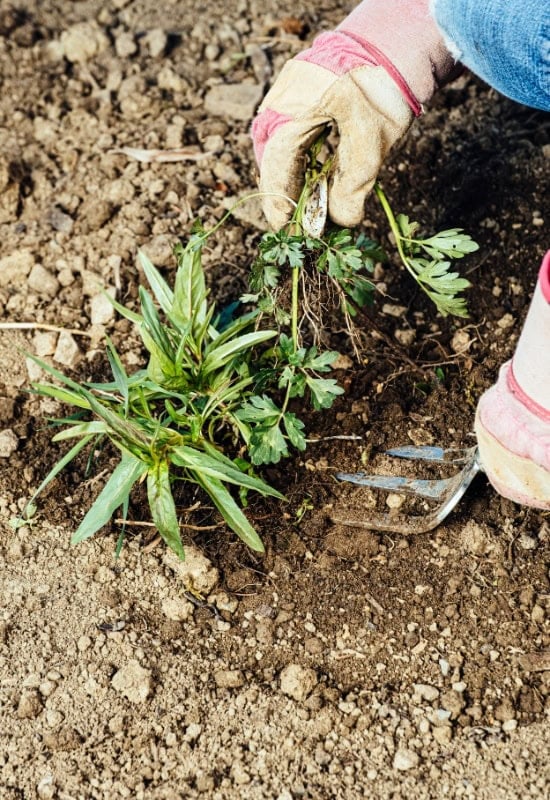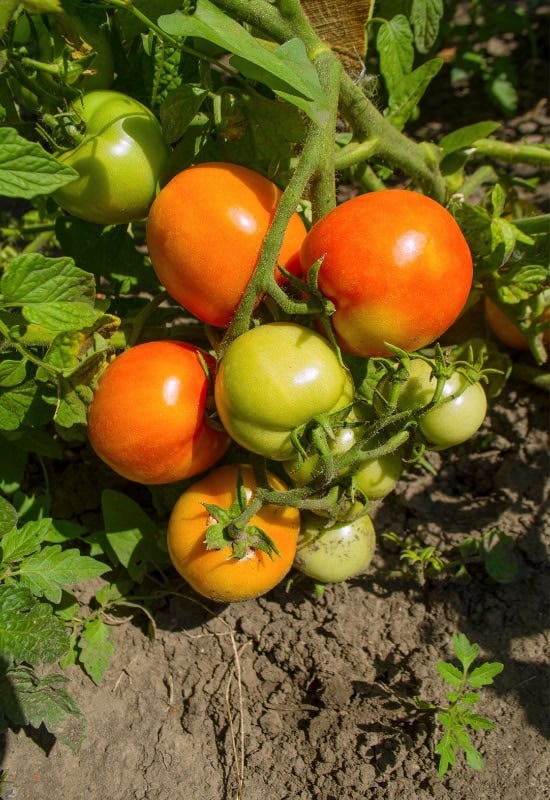
The “season of mists and mellow fruitfulness” is upon us, but to keep your backyard fertile, you need to act now! Fall is by no means the end of the season – on the contrary! It is a very busy time of the year, but the weather is changing, rains are coming, temperatures dropping, but this doesn’t mean your vegetable garden should go to waste!
In fact, you’ll soon be planting your winter crops, but there are still some to harvest, and you need to clear up some space. You need to keep the soil fertile and… Well, there are 6 critical tasks you must do now, to enjoy crops into fall and beyond!
1. Clip Legumes – But Do NOT Uproot Them!

Let’s start with legumes, like peas, and beans… By the end of summer, they won’t be giving you much produce, if any at all (depending on the climate, of course). So, they are taking up a lot of space, and you may need the trellises they have climbed up so vigorously for months. And you may be tempted to uproot them – to make space… But wait!
Don’t cut them down or uproot them yet! Instead, clip them vigorously, but still leave some foliage on, and why? The reason is simple: they will still fix nitrogen into your soil, keeping it fertile, while, at the same time, you will be able to repair, fix or remove the trellises or other support in view of fall planting!
2. Harvest Warm-Season Veggies

On the other hand, you will want to clear some space in your beds and there are some crops that are really coming to an end. So, harvest as many peppers, eggplant and tomatoes as you can, because you will soon be uprooting the plants to make space for fall and winter vegetables.
But here I have another trick for you – a little secret… You can harvest your peppers green if they don’t ripen, and eggplant will be the first crop to go, most likely – as you cannot eat them raw. But how about tomatoes?
As fall comes, force ripen your tomatoes! You can speed up their ripening process in a very simple way:
- Remove all the mulch at the base of your tomatoes.
- With a hand shovel, break the roots on the surface around the main stem (or vine).
- This will trick your tomatoes to blush and ripen faster, because they “think” their time is up.
This way, you can have a final ripe harvest of tomatoes before clearing the bed. But remember, the plants will die, so, only do it at the very end of the season.
3. Start Your Fall and Winter Seedlings Now!

When summer comes to an end and fall starts, it is really time you start your seedlings for the new season and winter crops. Of course, you can always buy them when planting time comes, but most of us like to grow them from seed. And you need to start early, so they are at least 6 inches (15 cm) when you transplant them.
However, because fall is usually a wet season in most climates, make sure they get excellent ventilation. Even if you use domes, or plastic bottles (1 gallon milk tanks are perfect!), do not close them completely in this season! Leave them partly open, to allow some humidity to escape, or you risk molds and fungi.
It does mean that you need to check the soil humidity more often – but you don’t want to run any risks.
4. Weed and Amend the Soil

When rains start coming, weeds are super fast – all of a sudden your garden fills with them… You can prevent them from taking over whole beds, use a weed net, or if you want, cover it with cardboard, which is cheaper, to keep the soil both fertile and ready for planting.
If you have not done it – weed away! And the reason is simple: summer crops use up a lot of nutrients, and you will soon have to amend the soil or/and fertilize it.
Do it ahead of planting, about 2 weeks, so the soil is well drained and fertile when you transplant the seedlings of your fall and winter crops.
5. Get Your Last Round of New Summer Crops

You can still get some summer crops till the first day of frost! That’s the good news. The bad news is that it happens at different times in different USDA hardiness zones. But thanks to climate change, many zones have “moved up”, so you may be surprised to find out that you can still get, for example, tomatoes, till mid October in a temperate country.
Select some fast crops and determinate varieties to have a final taste of summer when fall progresses… Why determinate varieties? Because they give you a big burst all in one go, and that’s what you need, as frost will kill them afterwards.
6. Keep Your Garden Pest and Disease Free!

I bet you didn’t see many suspicious looking bugs crawling around your garden in summer, but as fall comes, humidity rises and temperatures drop, they are bound to make a comeback! And that includes slugs and snails… So, one of your main tasks is to check for pests and control them.
What’s more, leaves are very lush and big by the beginning of fall, and pests will hide underneath them. Do it as you harvest or water to save you time…
Also, fall is the mushroom season – and that also means fungi (molds), so, while you do your rounds, do check for them too!
6 Tasks to Keep Your Garden Fruitful Beyond Summer and Into Fall
So, these are 6 tasks to keep you going in the transition from summer to fall – they will keep your garden fruitful and healthy, and prepare you for the cold season to come. So, you too can enjoy that “season of mists and mellow fruitfulness” Keats was talking about in ‘Ode to Autumn’.

Written By
Amber Noyes
Amber Noyes was born and raised in a suburban California town, San Mateo. She holds a master’s degree in horticulture from the University of California as well as a BS in Biology from the University of San Francisco. With experience working on an organic farm, water conservation research, farmers’ markets, and plant nursery, she understands what makes plants thrive and how we can better understand the connection between microclimate and plant health. When she’s not on the land, Amber loves informing people of new ideas/things related to gardening, especially organic gardening, houseplants, and growing plants in a small space.
